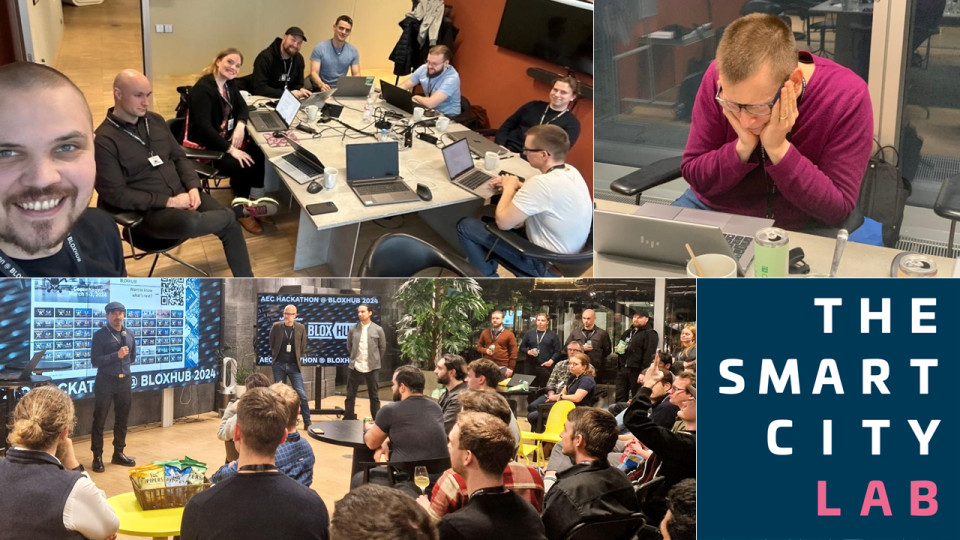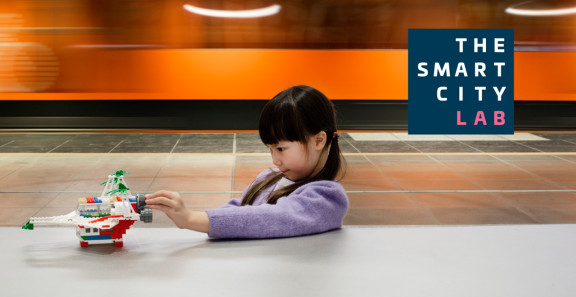AEC Hackathon brings together designers of the built environment and top technology experts. AEC Hackathon originated from an event held at the headquarters of technology giant Meta in Silicon Valley and is now the world's largest hacker network focused on the built environment, with thousands of active participants.
Last weekend, the Sitowise team produced an AI application for the AEC Hackathon held in Denmark from March 1st to 3rd, 2024. The application utilizes large language models (LLM) and Retrieval Augmented Generation (RAG) and won the "Best hack from the past event / open source" award.
The Sitowise team included Jukka Mäenpää, Henrik Asplund, Henri Ossi, Aaro Askala, Annina Kukkola, Frans Horn, Jerry Laitervo and Sami Lankiniemi.
"I gained insights into the AI and software development process from the competition. I learned a lot about the functioning of language models and got an understanding of how these are likely to impact expert work," said software specialist Frans Horn, participating in the hackathon for the first time.
"Many of the challenges addressed at the event focused on emissions calculation, biodiversity, data management, and resource optimization. It was a pleasure to see the dedication with which these issues are being tackled in other companies as well," Frans continued.

What problem does the application solve?
Engineers and other professionals involved in the design of the built environment spend a considerable amount of time daily searching for documentation they need for their design work, mainly text documents in PDF format, from various sources such as design guidelines, national and EU legislation, company-specific instructions, and industry standards, among others. This process consumes a significant amount of time, several tens of minutes daily. This challenge was assigned to the Sitowise Infra business area.
The solution utilizes curated sources
The implementation involves semantic analysis of the selected material, which is then utilized in a chat application to generate responses. Between the chat and the material, there is a service that processes the content of the source files using language and search models, similar to ChatGPT.
Then, a secure OpenAI implementation uses only these sources to answer user queries. This ensures that the answers are based on correct curated instructions, rather than the vastness of the internet's data as in open implementations.
"In the competition, the team's division of work was smooth. One group created Python code to acquire material from open sources, others advanced the backend for data storage and processing, as well as the operation of LLM and RAG, and the third group coded the frontend, i.e., the chat interface," described Sitowise’s Innovation Director Sami Lankiniemi.
Real-life testing in design routines
Next, the solution will be put to a real-life test for Sitowise designers to understand the benefits it brings and how it can best serve them. Before this, more documents will be collected into the database since the competition only provided about 500 openly available documents for the solution.
